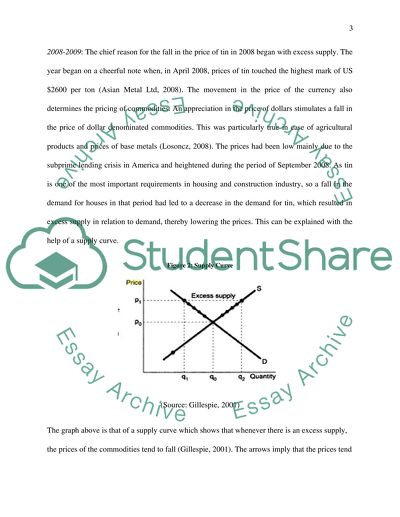Cite this document
(“Figure 1 below shows the price of Tin over the past five years. It can Essay”, n.d.)
Figure 1 below shows the price of Tin over the past five years. It can Essay. Retrieved from https://studentshare.org/macro-microeconomics/1498521-figure
Figure 1 below shows the price of Tin over the past five years. It can Essay. Retrieved from https://studentshare.org/macro-microeconomics/1498521-figure
(Figure 1 below Shows the Price of Tin over the past Five Years. It Can Essay)
Figure 1 below Shows the Price of Tin over the past Five Years. It Can Essay. https://studentshare.org/macro-microeconomics/1498521-figure.
Figure 1 below Shows the Price of Tin over the past Five Years. It Can Essay. https://studentshare.org/macro-microeconomics/1498521-figure.
“Figure 1 below Shows the Price of Tin over the past Five Years. It Can Essay”, n.d. https://studentshare.org/macro-microeconomics/1498521-figure.


